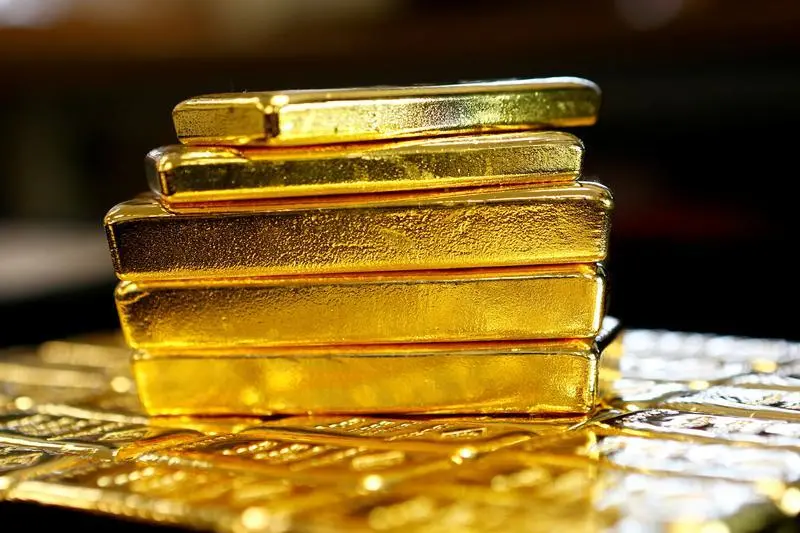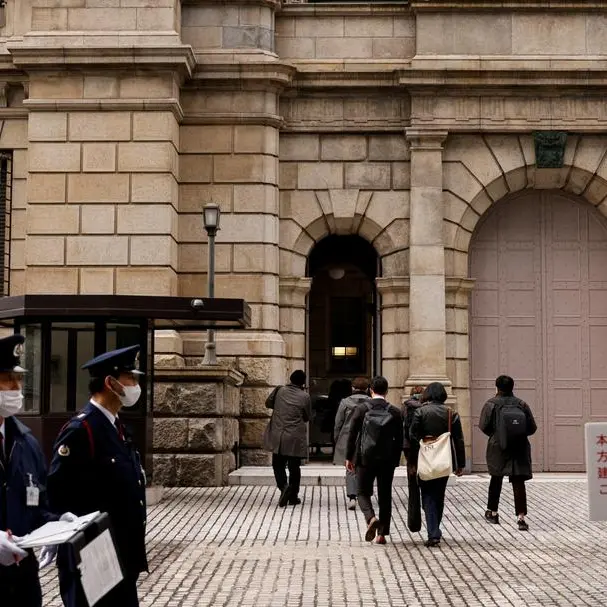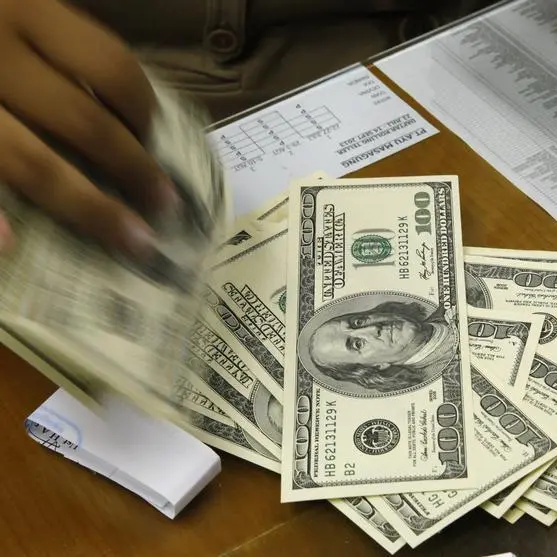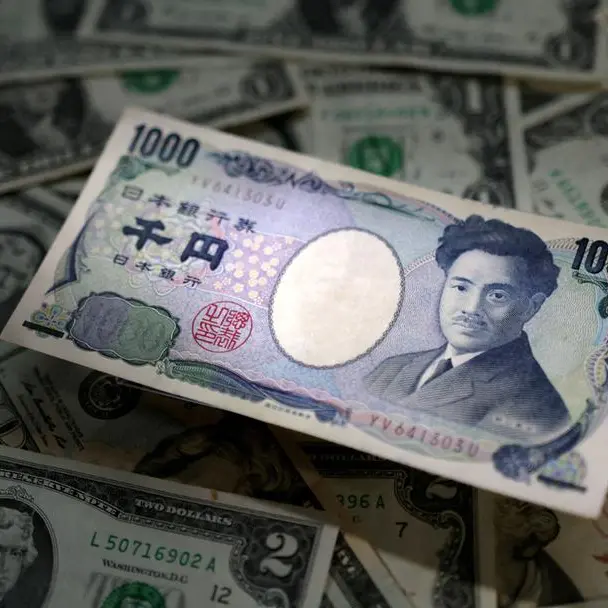PHOTO
POUGHKEEPSIE, New York - The world’s central banks have maxed out monetary stimulus. That makes all safe havens less safe except one. Gold’s growing supply scarcity and rising production costs make it solider than bitcoin, real estate, bonds or stocks. The 19th century asset is having a renaissance in the 21st.
The Federal Reserve, the European Central Bank and the Bank of England have all responded to the coronavirus epidemic similarly, by injecting huge or unlimited amounts of liquidity, to prevent bond and stock markets from seizing up. In the short-term, their medicine has worked, as shown by the rapid recovery in stock prices and easing of strains in dollar markets. However, their action will leave risk-averse investors with few hiding places.
As the central banks’ ultra-expansionary policies and the long-term effects of Covid-19 hit home, money itself will appear unattractive, since anything with a near-infinite supply tends to lose value. Of other traditional safe havens, government bonds will also suffer from oversupply, and possibly from resurgent inflation. Corporate bonds will suffer as issuers wrestle with recession. Urban real estate is already overpriced and may be affected by the danger of pandemics, which wreak havoc on big cities, as New York’s escalating case load shows. Even bitcoin, allegedly protected from oversupply, will suffer from the plethora of spinoff coins and regulatory attempts to control coin exchanges.
That leaves gold, the traditional safe haven, whose supply is largely fixed, with annual production a modest proportion of the infinitely durable stock. Gold production in 2019 fell slightly to 3,464 metric tonnes, the first fall in 10 years according to the World Gold Council, as ore grades in the world’s major mines declined and mining costs rose. The year’s higher prices increased recycling, so total supply increased, but only modestly, by 2%.
A major and prolonged price rise would increase production, but with mines having a high capital cost and a four or five year lead time, this would not happen quickly. Ultra-low interest rates, yet more global liquidity and fewer opportunities elsewhere should thus lead to a surge in investment demand and prices. Already, the price of Comex near-term futures has risen one-quarter in a year, to around $1,620 an ounce. The equivalent in today’s dollars of the January 1980 peak, though, is $2,826. There is further to go.
CONTEXT NEWS
- Central banks have launched a range of large stimulus packages and monetary expansion to counter the effects of the coronavirus pandemic.
- The U.S. Federal Reserve on March 23 announced a program of unlimited purchase of Treasury and agency securities, together with targeted supports for the corporate bond market and consumer credit.
- The European Central Bank on March 18 launched a 750 billion euros bond buying program, including public sector and private bonds and commercial paper. The next day, the Bank of England lowered its benchmark interest rate to 0.1% and increased its bond buying program to 645 billion pounds.
- The price of the Comex near-term gold future was $1,622 per ounce at the close of March 30, up nearly 12% from its low in 2020 to date, and roughly one-quarter higher than a year earlier.-
(Editing by John Foley and Amanda Gomez)
© Reuters News 2020











